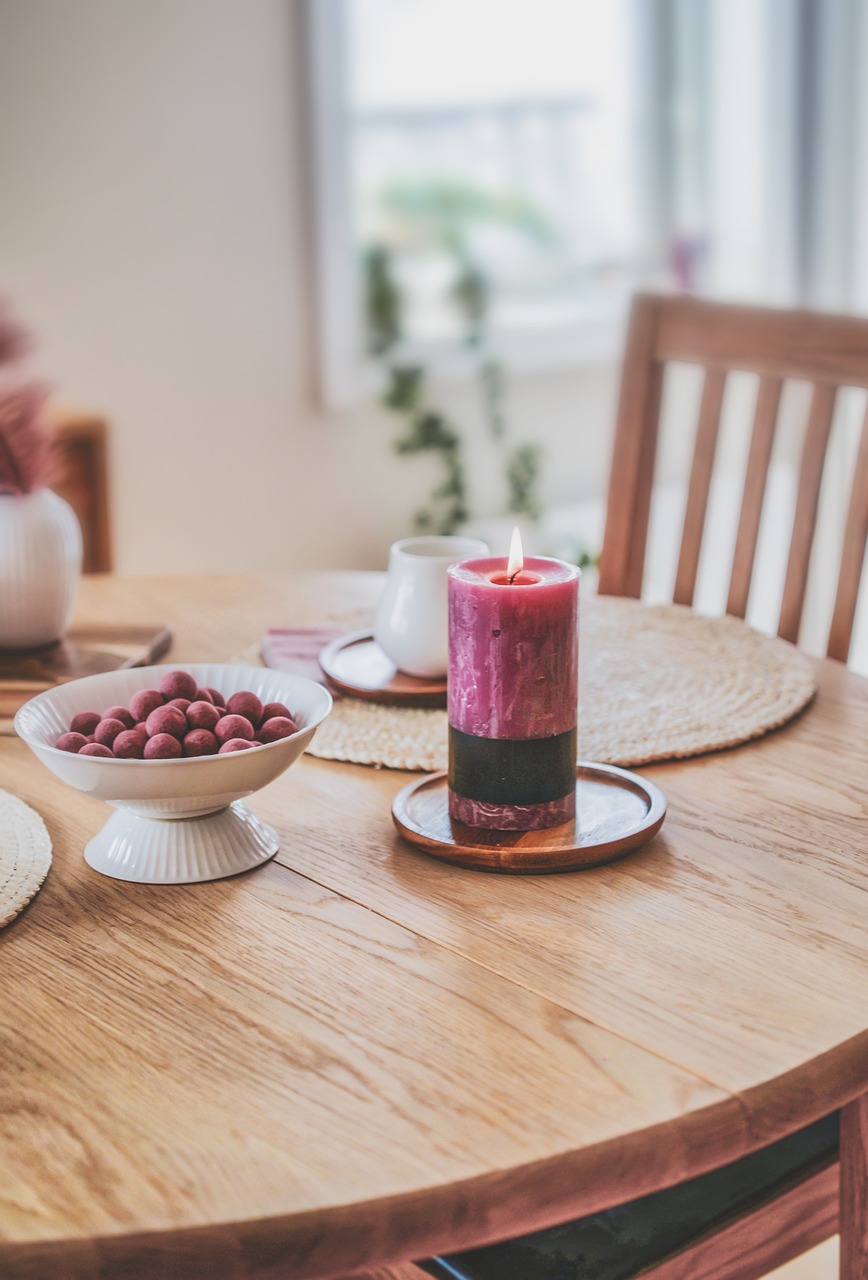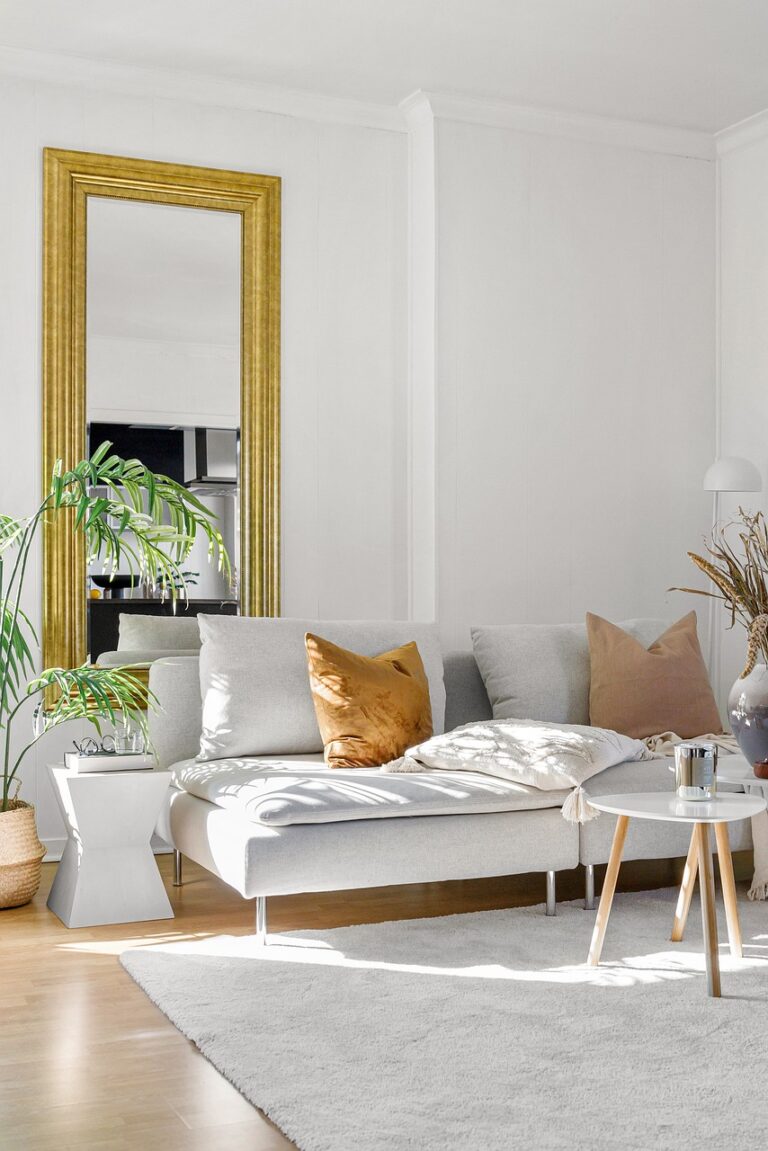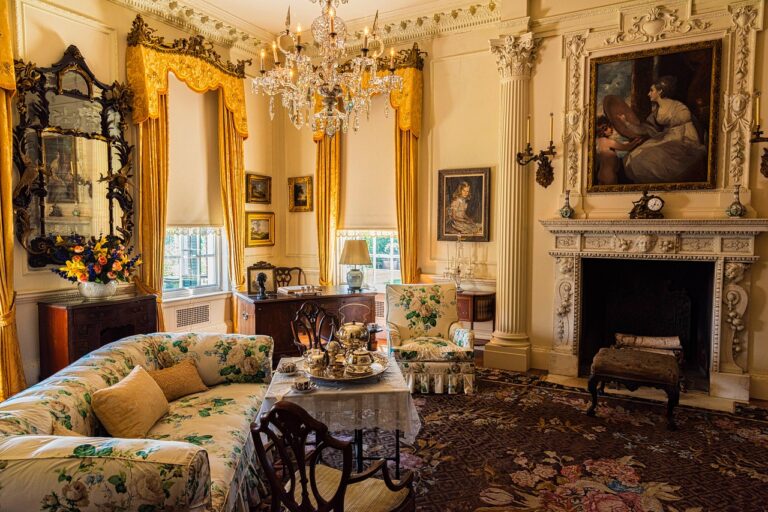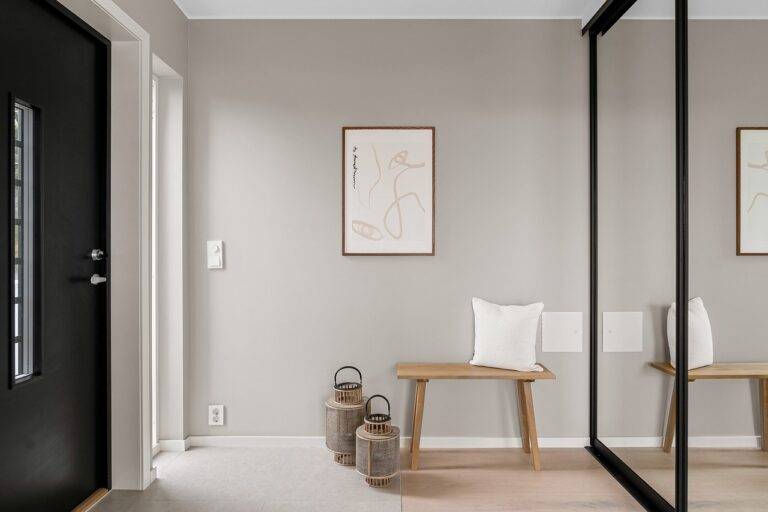The Psychology of Color in Home Improvement
Color plays a crucial role in home improvement projects, as it has the power to completely transform the look and feel of a space. The choice of colors can create a specific atmosphere, affect the perceived size of a room, and even influence the emotions of those occupying the space. Whether you’re looking to create a cozy and inviting ambiance in the living room or a vibrant and energizing environment in the kitchen, selecting the right colors is essential in achieving your desired aesthetic.
By carefully selecting a color scheme that aligns with your personal preferences and the function of each room, you can enhance the overall design of your home. Colors have the ability to evoke certain moods and emotions, making them a powerful tool in interior design. From calming blues and greens to stimulating reds and yellows, the color palette you choose can significantly impact the way you and your guests feel in a particular space.
Impact of Color on Mood and Emotions
Color plays a significant role in influencing our mood and emotions in various aspects of our lives. In the context of home improvement, the choice of colors for different rooms can greatly impact the ambiance and overall feel of the space. Warm colors like red, orange, and yellow tend to evoke feelings of energy, warmth, and comfort, making them ideal for spaces like living rooms or dining areas where social interactions take place.
On the other hand, cool colors such as blue, green, and purple are known for their calming and serene effects. These colors are often preferred for bedrooms or study areas, where relaxation and focus are essential. By understanding the psychological effects of different colors, homeowners can create environments that cater to their desired emotional responses and enhance their overall well-being.
Choosing the Right Color Palette for Different Rooms
When it comes to choosing the right color palette for different rooms in your home, it is essential to consider the purpose and function of each space. For example, calm and soothing colors like blues and greens are ideal for bedrooms, creating a relaxing ambiance that promotes restful sleep. In contrast, vibrant and energizing colors such as yellows and oranges work well in areas like the kitchen or home office, boosting productivity and creativity.
In living spaces like the dining room or family room, warm and inviting colors like reds and browns can create a cozy atmosphere perfect for gathering with loved ones. Additionally, neutral colors such as whites and grays serve as versatile options that can be used as a base for any room, allowing you to incorporate pops of color through furniture and decor. By carefully selecting a color palette that complements the purpose of each room, you can create a cohesive and harmonious interior design scheme in your home.
Why is color important in home improvement?
Color plays a crucial role in setting the mood and atmosphere of a room. It can affect your emotions, perceptions, and even physical well-being.
How does color impact mood and emotions?
Different colors can evoke different emotions and reactions. For example, warm tones like red and orange can create a sense of energy and excitement, while cool tones like blue and green can promote a feeling of calmness and relaxation.
How do I choose the right color palette for different rooms?
When selecting a color palette for a room, consider the purpose of the space and the mood you want to create. For example, soothing colors like light blue or pastel shades are great for bedrooms, while vibrant hues like yellow or red can energize a kitchen or dining area. Don’t forget to take into account the natural light in the room and the existing furniture and decor.







